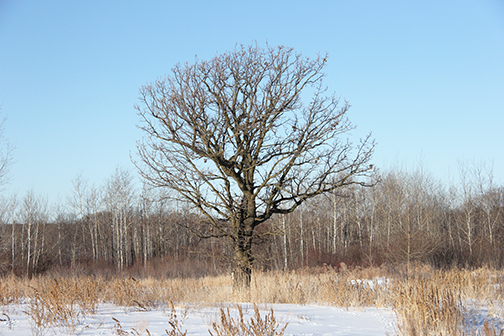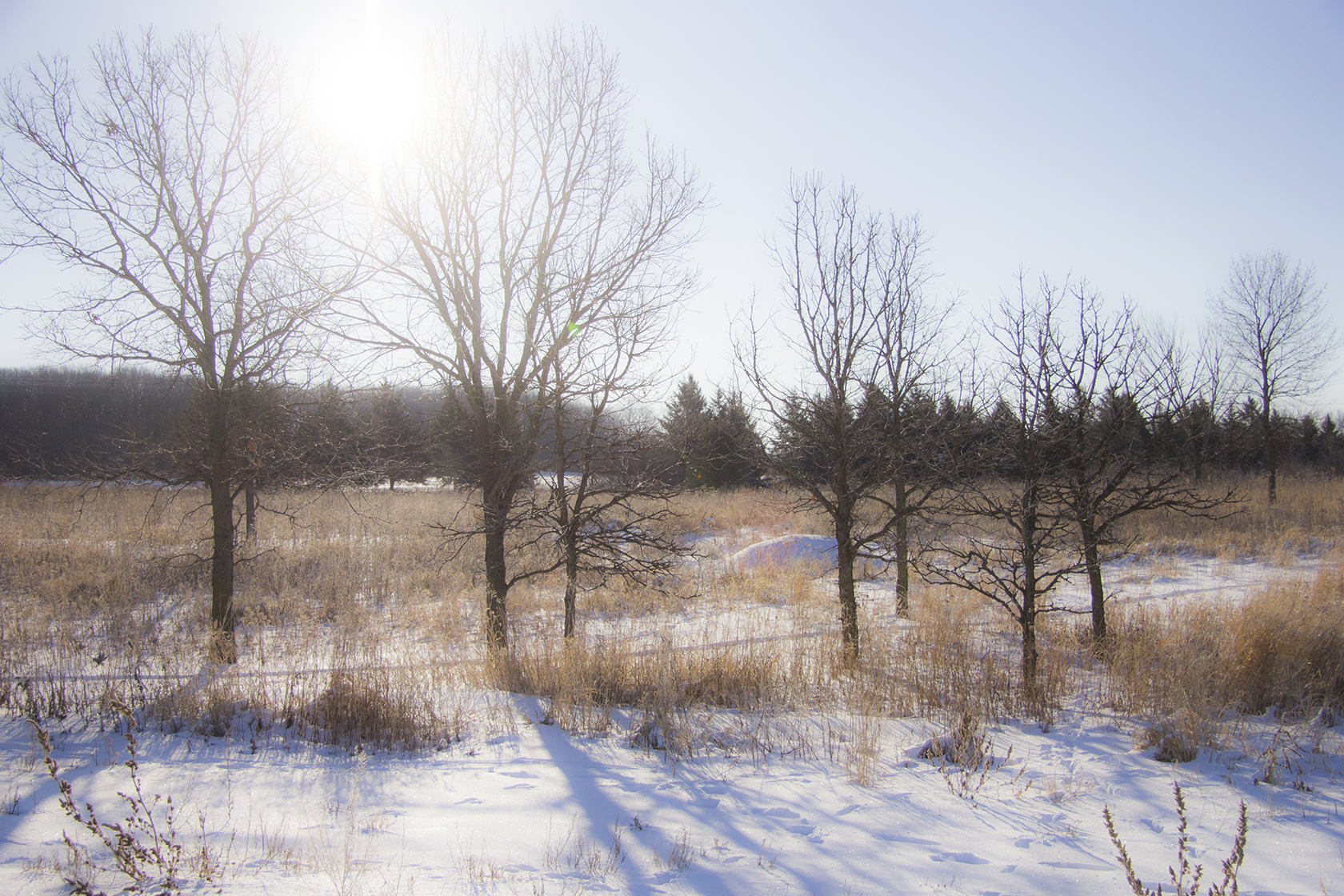Many apologies for the gap in posts. All I can say is that it is somewhat paradoxical that the most beautiful time of a Central Minnesota prairie is also our most busy time. When I would like to be photographing and pondering its beauty, we're busy weeding, plugging, and preparing sites for future seeding.
Of course calling this the most beautiful time for a prairie is a matter of opinion. Like many things aesthetic, there will be disagreement as to elements that make a prairie beautiful. To my mind, the peak of the wildflower season is when the Grey Headed Coneflower blossoms.
Granted, part of what makes the Grey Headed Coneflower an exceptional flower is that it blooms for a long period of time. It staggers its heads so that as one fades, others come into bloom. You can see that in this photo--those that are past their bloom and those heads that are just beginning to blossom.
But there are other elements that contribute to a beautiful prairie such as texture, variety, asymmetry, symmetry and, of course, color.
Who could argue with the brilliance of color and the symmetry of the Meadow Blazing Star? Just as the Grey Headed Coneflowers begin to fade, the Meadow Blazing Star starts its bloom. Of course it stands out nicely from its yellow background.
The petals of the Purple Coneflower are fading, but the seed heads endure. Their darkness, size, and symmetry (indeed mathematical symmetry) add to the visual texture of the prairie.
It is hard to believe that such an exotic looking plant as the While Wild Indigo is native to our midwestern and Central Minnesotan prairies. Notice its seed pods darkening above it.
The height of the Compass Plant, shown here, is up to seven, sometimes even eight feet tall. Such contrast adds to the beauty of the prairie.
We could use more white in the prairie this time of year. And that is what the Culver's Root flower provides. I seeded this prairie about eight years ago, and this is the first year that the Culver's Root has shown itself this dramatically.
This is an elevated view of the prairie in our commons. I like the contrast between the uniformity of the turf grass, and the naturalness of the prairie.
The beginning of the flowering of the Goldenrod (behind the Purple Coneflower shown here) marks for me the turning point of the prairie and the seasons. Plants are mellowing, focusing less on growth and more on seed dispersal.
A photo and a side note: we have never done justice to this small cluster of seven Bur Oaks. I mowed and sprayed this area to begin preparing it for a reseeding of Oak Savannah grasses and wildflowers.












